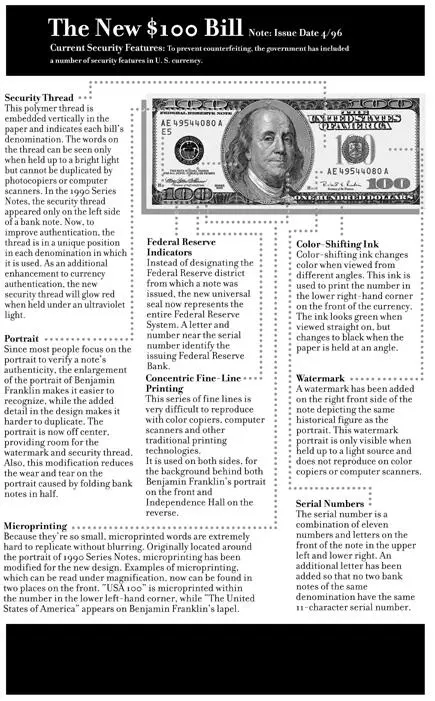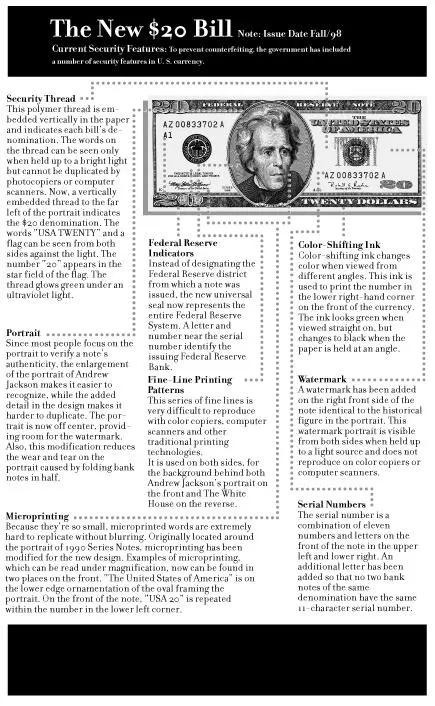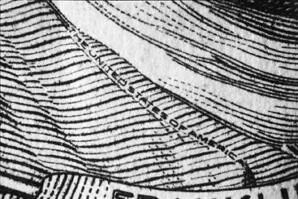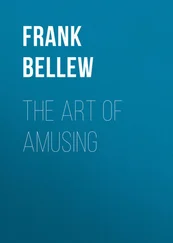Frank Abagnale - The Art of the Steal
Здесь есть возможность читать онлайн «Frank Abagnale - The Art of the Steal» весь текст электронной книги совершенно бесплатно (целиком полную версию без сокращений). В некоторых случаях можно слушать аудио, скачать через торрент в формате fb2 и присутствует краткое содержание. Год выпуска: 2001, ISBN: 2001, Издательство: Broadway Books, Жанр: Старинная литература, на английском языке. Описание произведения, (предисловие) а так же отзывы посетителей доступны на портале библиотеки ЛибКат.
- Название:The Art of the Steal
- Автор:
- Издательство:Broadway Books
- Жанр:
- Год:2001
- ISBN:9780767910910
- Рейтинг книги:4 / 5. Голосов: 1
-
Избранное:Добавить в избранное
- Отзывы:
-
Ваша оценка:
- 80
- 1
- 2
- 3
- 4
- 5
The Art of the Steal: краткое содержание, описание и аннотация
Предлагаем к чтению аннотацию, описание, краткое содержание или предисловие (зависит от того, что написал сам автор книги «The Art of the Steal»). Если вы не нашли необходимую информацию о книге — напишите в комментариях, мы постараемся отыскать её.
The Art of the Steal — читать онлайн бесплатно полную книгу (весь текст) целиком
Ниже представлен текст книги, разбитый по страницам. Система сохранения места последней прочитанной страницы, позволяет с удобством читать онлайн бесплатно книгу «The Art of the Steal», без необходимости каждый раз заново искать на чём Вы остановились. Поставьте закладку, и сможете в любой момент перейти на страницу, на которой закончили чтение.
Интервал:
Закладка:


Counterfeiters use a grease pen and merely pen a little sketch of Ben Franklin. When you hold it up, the light bounces off the grease pen mark and you thought you saw a watermark. In reality, you saw a grease pen mark. If you rubbed it, it would smear. If you turned it over, you wouldn’t see anything. So you have to make sure the watermark is visible, front and back.
At the bottom right-hand corner of the bill is the numeral 100, indicating the denomination of the bill. That number is printed in a shiny, sparkly metallic green in what is known as OVI, or optical variable ink. When you tilt the bill slightly forward, the green color of the numeral will turn a dull jet black. Color copiers can’t pick up the changeable appearance of this ink. What’s more, this ink is made by just one company in the world, located in Switzerland, and the ink’s use is tightly restricted. Trying to replicate it is extremely difficult.
If the color doesn’t change, you don’t have a real bill. Counterfeiters in the United States use a Revlon metallic nail polish and paint the number in so it’s shiny. In Bogotá, they add flakes to the ink to make it sparkly. It’s a nice try, but it doesn’t change color from green to jet black.
The greatest tool we can give a bank teller is a little magnifying loupe. On the bottom left-hand corner of the bill is another 100. If you look at it through a magnifying glass, you will see that what appeared to be shading is actually the words “USA 100” repeated one hundred times in microprinting. Copiers can’t see it. Scanners can’t see it. So when we examine money out of Bogotá, it looks great, but if you study the numeral under a magnifying glass, you can’t read anything. The microprinting is just a blur. Then if you move the magnifying glass to the left side of Franklin’s collar, you’ll see the words “United States of America,” again in microprinting. On a counterfeit bill, there’s just another blur.

Making bogus money is one of the oldest crimes known to man. Back in the time of the Civil War, when individual banks issued their own currency, about a third of all money was thought to be counterfeit. I’d hate to see those levels reached again, because counterfeit money can destroy a country’s economy. Sadly, it’s looking more and more likely. Every day, I learn of someone buying a McDonald’s meal or getting change for a fifty at a yard sale with counterfeit money. The other day I read about a priest smuggling in counterfeit bills from South Korea. I guess his vow of poverty slipped his mind. Stories like these are disheartening, because when people are getting something for nothing, the cycle of greed continues. Still, until technology advances once more, the simple steps I explained are entirely reliable in separating the real from the fake. All we have to do is use them.
4
[THE THIEF
AT THE NEXT DESK]
An auditor arrived for a routine review of the books at a foreign automotive company that had its offices in New Jersey. The office was one of those tall, angular buildings that seemed to be made entirely of glass. All morning, the man sifted through the voluminous records, matching invoices and payments, and everything seemed to be in good order. But there was one pattern that struck him as a little odd. There were quite a number of bills to replace windows—$600 for this window, $1,200 for that one, $800 for another. Was that normal? Was everyone who worked there a klutz? Well, he shrugged, the building was almost all glass. Glass cracks easily enough.
At lunchtime, he took a break and headed down to the company cafeteria. He selected a seat next to the windows so he could look out on the day. As he was munching on his sandwich, he happened to notice something that made him sit up straight: a date was stamped on the bottom left-hand corner of the glass that signified when the window had been put in. This one had been intact for years. He began to wonder. The auditor got up and proceeded to wander through the building, floor after floor, looking at nothing but windows and the little dates stamped on them. He couldn’t find a single one that had been replaced anytime recently.
The auditor confronted the head of maintenance with his findings, and, sure enough, the man was in cahoots with a glass maker in an ongoing embezzlement scheme. The glass maker sent invoices for “ghost” windows that the maintenance head approved. The company paid the bills, and the two of them split the proceeds. This had gone on undetected for a long time.
The maintenance head ended up being quietly fired. The only reason he wasn’t prosecuted was because the president of the company was paying him with company money to cut his lawn and do work on his house, and he didn’t want that getting out. Months later, when the auditor returned for his next audit, he happened to notice that the man was working at the building across the street. It was all glass.
A DUBIOUS DISTINCTION
There are a million ways that employees embezzle money from their employer, and to catch them it usually takes a stroke of luck like a keen-eyed auditor who happens to take his lunch by the window. And so it is small wonder that, at every imaginable type of business, from the corner deli, to the muffler shop, to the seafood restaurant, to the industrial parts maker, to the leaders of the Fortune 500, employee theft is escalating. Embezzlement has ranked as America’s No. 1 financial crime for more than thirty years, and I have no doubt that it will continue to hold that sorry distinction for many years to come. About a third of all the fraud that goes on in this country is embezzlement. Banks, for instance, lose five times more money to embezzlement than to armed robbery. Workplace larceny can be so devastating to the company that is victimized that almost a third of all bankruptcies are attributed to embezzlement.
The dimensions of the problem vastly exceed what the surveys indicate. Only about 10 percent of embezzlement cases ever get reported to the authorities. Many companies, leery of negative publicity, are loath to admit that they have been snookered by their own worker, and simply fire the employee and keep the incident under wraps. They just swallow the loss.

Embezzlement schemes can involve little thefts that run into the hundreds of dollars or large ones that run into the millions. No matter how small they are, they’re annoying to the victim. A toy store chain told me about a nimble little scam that had bedeviled one of its store managers. A cashier would peel off a UPC sticker from an inexpensive toy, something like a beanbag for $9.95. He’d stick it on the inside of his wrist. Then an accomplice would come to his register loaded up with forty- and fifty-dollar video games and other more expensive items. The cashier would pick up each of the purchases and swipe his wrist across the scanner while appearing to be swiping the product. So everything went through at $9.95. A sale that should have been hundreds of dollars was a fraction of that.
The main reason people steal is because of opportunity, followed by need and greed. One thing I always say is, if you make it easy for people to steal from you, they will. It’s a simple principle, but my years in the fraud business have proved to me that it holds true time and time again.
Читать дальшеИнтервал:
Закладка:
Похожие книги на «The Art of the Steal»
Представляем Вашему вниманию похожие книги на «The Art of the Steal» списком для выбора. Мы отобрали схожую по названию и смыслу литературу в надежде предоставить читателям больше вариантов отыскать новые, интересные, ещё непрочитанные произведения.
Обсуждение, отзывы о книге «The Art of the Steal» и просто собственные мнения читателей. Оставьте ваши комментарии, напишите, что Вы думаете о произведении, его смысле или главных героях. Укажите что конкретно понравилось, а что нет, и почему Вы так считаете.












